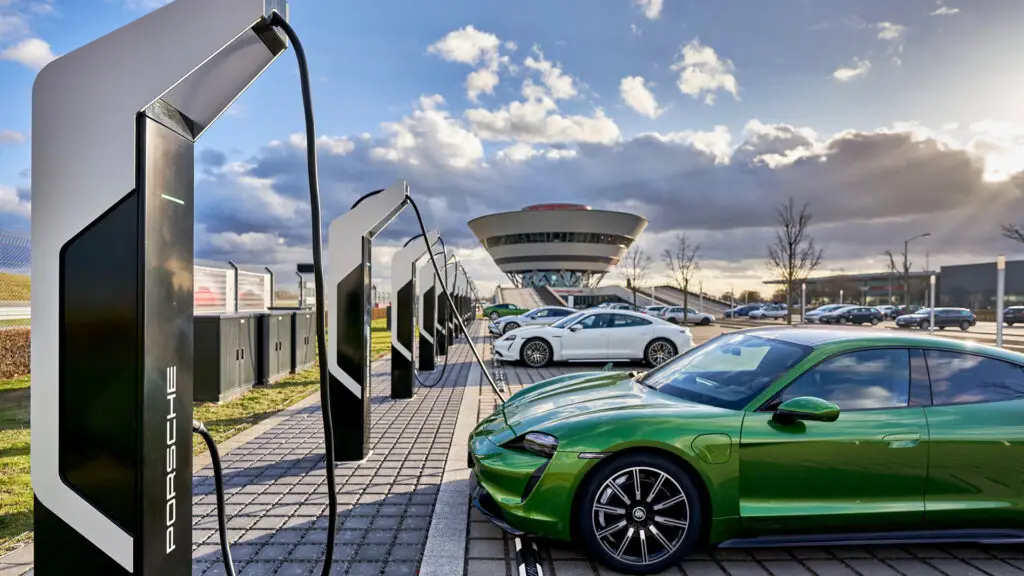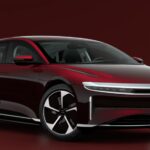You might have been hesitant to install electric vehicle (EV) charging stations on your property because of the upfront expenditures.
Fortunately, the federal government provides financial relief through the Alternative Fuel Refueling Tax Credit, widely recognized as the “30C” tax credit or EV charging tax credit. This initiative significantly reduces the financial burden associated with installing EV charging infrastructure.
Recently, this tax credit underwent notable expansions and updates, amplifying its benefits and clarifying eligibility criteria. Let’s dive into the specifics of this program, explore its advantages, and uncover how your business might qualify for this pivotal incentive.
What Are the Benefits of the EV Charging Station Tax Credit?
The EV Charging Station Tax Credit is a federal incentive that covers 30% of the cost of EV charging station installations. This includes expenses like building permits, hardware upgrades, and electrician fees. However, it’s important to note that the credit does not extend to ongoing electricity costs.
For businesses, the credit is capped at $100,000 per charger, while for residential installations, it’s limited to $1,000 per charger. These caps represent a significant increase compared to earlier iterations of the program. For instance:
- Until 2023, the business benefit was restricted to $30,000 per site rather than per charger.
- For homeowners, the tax credit was reinstated under the Inflation Reduction Act and is set to remain effective (or undergo review) until the end of 2032.
This evolution highlights a positive trajectory toward incentivizing both residential and commercial EV infrastructure investments.
What Are the Qualifications for the EV Tax Credit?
The transition from site-based credits to per-charger credits has transformed the incentive landscape, particularly for businesses. This shift has made the credit more accessible and lucrative, encouraging widespread infrastructure upgrades. Let’s examine the criteria in greater detail.
Eligibility for Businesses
Under the Inflation Reduction Act of 2022, specific conditions must be met for businesses to qualify for the full 30% credit:
- Geographic Requirements
Businesses must be located in a low-income or non-urban community. A handy decision-tree tool is available to help businesses determine their eligibility based on this criterion. - Wage and Apprenticeship Compliance
Businesses must demonstrate adherence to labor standards, ensuring that contractors and apprentices are compensated according to the Secretary of Labor’s designated wage rates. Important: Failing to meet either of these requirements reduces the credit eligibility to a maximum of 6%, instead of the full 30%.
Homeowners and Renters
For residential property owners, the eligibility process is more straightforward. Homeowners can claim the credit provided they secure all necessary permits and approvals before installation.
Are There Any Exclusions from the EV Tax Credit?
The Alternative Fuel Infrastructure Tax Credit, encompassing EV charging stations, operates as a one-time, non-refundable credit. This means it applies only if you have a tax liability against which the credit can be offset. However, there are exceptions for tax-exempt entities:
Tax-Exempt Entities: An Elective Payment Option
Organizations like municipalities can still benefit from the credit, even without tax liability. These entities can opt for an elective payment election, enabling them to receive the credit amount as a direct payment from the IRS.
Key Steps for Tax-Exempt Entities:
- Complete the pre-filing registration process.
- Follow IRS procedures to claim the credit.
This workaround ensures that tax-exempt entities can capitalize on this incentive, bolstering EV infrastructure in communities.
How to Claim the 30C Tax Credit
Claiming the Alternative Fuel Vehicle Refueling Property Tax Credit involves a simple but meticulous process:
- Complete IRS Form 8911
Attach this form to your annual tax return when filing with the Internal Revenue Service (IRS). - Retroactive Claims
The credit is retroactive to 2018, allowing you to claim unused credits from previous years. However, keep in mind that the $1,000 residential credit applies only to chargers installed from 2022 onward. - Gather Documentation
Collect all installation invoices and hardware receipts as supporting evidence for your claim.
How EV Connect Simplifies the Process
The updated EV charging station tax credit represents a pivotal step toward achieving widespread transportation electrification in the United States. Beyond its environmental benefits, the credit offers a tangible financial incentive for businesses and homeowners to embrace sustainable practices.
At EV Connect, we specialize in helping clients maximize their benefits from tax credits, rebates, and funding opportunities. Here’s what sets us apart:
- Our products and services are approved under more than $2.6 billion in active utility and government incentive programs.
- We assist businesses in evaluating their eligibility and securing optimal returns.
Whether you’re a property developer, business owner, or municipality, we’re here to guide you through the process. Contact us today to learn more about how we can help you claim the EV Charging Station Tax Credit and achieve your sustainability goals.
Key Resources for Further Exploration
Below is a table summarizing valuable resources to support your understanding and application of the 30C tax credit:
| Source | Topic | Link |
|---|---|---|
| Fixr | Cost of Installing EV Chargers | Fixr.com |
| Forbes | Federal EV Charger Tax Credit Guide | Forbes Advisor |
| U.S. Department of Energy | Alternative Fuels Data Center | Energy.gov |
| U.S. Department of Treasury | IRS Guidance for EV Charging Infrastructure | Treasury.gov |
“The future of transportation is electric, and the incentives provided today will lay the foundation for a cleaner, more sustainable tomorrow.”
— EV Connect
Embrace the transition to a sustainable future by leveraging the tools and incentives available. Let EV Connect be your partner in navigating the journey to electrification!



